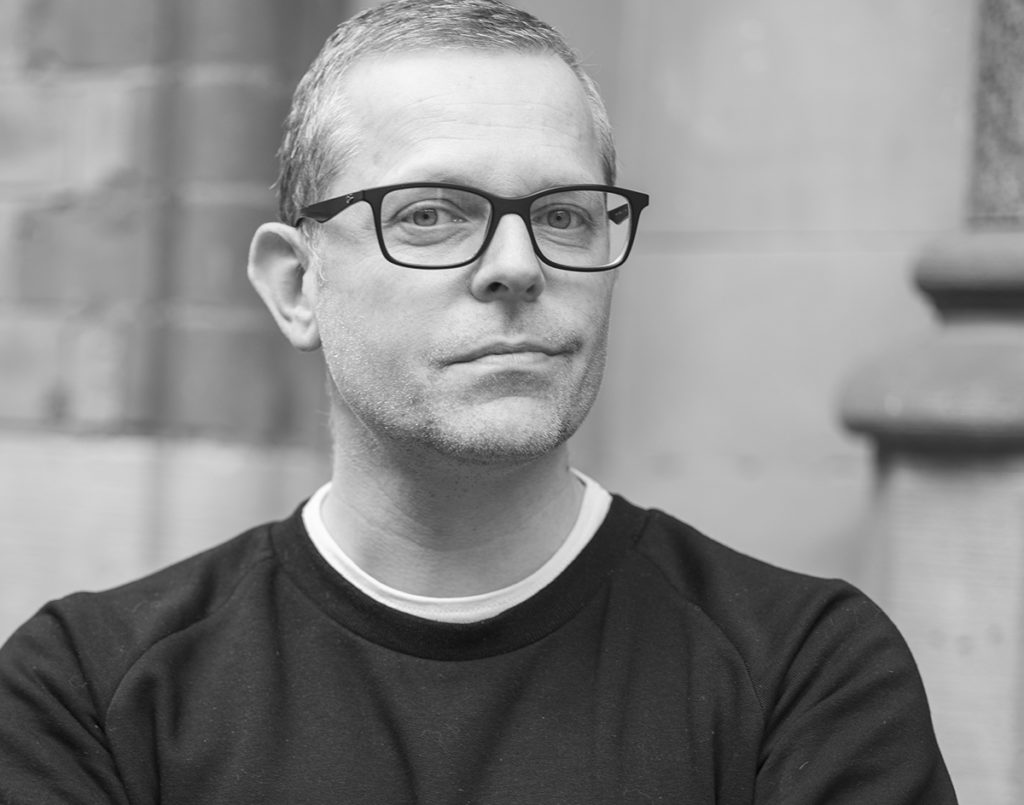
By Graeme Williams, creative director, Equator UK
WHAT is luxury in 2022?
Not too long ago, more was more. To be distinguished as a luxury experience, an overflow of extravagance was integral. Products came with an inundation of packaging – where it all came from and where it would go next mattered little. Self-expression and advertising mirrored this: Perfumes were marketed with multi-million dollar celebrity-endorsed campaigns. Leather and fur were sought-after trappings of wealth. But now, through an ethical lens, and driven by the values of a younger generation of consumers, these conventions are being outmoded.
The pandemic and the growing frequency of extreme climate events have stoked more dialogue and stronger feelings regarding the role of consumers and government in environmental responsibility and social mobility. These movements have coincidentally dovetailed into a ‘less is more’ trend, in which many people have reached their peak in the number of belongings they own, and are subsequently seeking to pare down and cut back. This movement has seen gurus the likes of Marie Kondo touting the benefits of a well-thought out home environment populated with beloved items, rather than rooms bursting with all manner of belongings.
With awareness of social and environmental issues surging and the digital landscape accelerating global trends, brands in this space are forced to come to terms with a fundamental shift in what luxury means to customers.
And today’s savviest brands aren’t wasting any time in responding to consumers’ shifting priorities. They are utilising the packaging medium to better communicate their essential brand values and earn legions of new followers and customers from a new, democratised consumer base.
Innovative design & materials
There’s nothing more exciting than original thought. Innovation excites and inspires, whether you are young or old.
But innovation just for the sake of it isn’t enough. In order for brands to capture the imaginations of their customers, they need to innovate around a purpose, and do so as a means of demonstrating the common values shared with its audience.
Of course, brands can and should communicate their values via their social channels. They can advertise their environmental credentials online too. But when consumers are able to hold a company’s environmental values in their own two hands, in the form of product packaging, brands are able to evidence their commitment in the real world, and thereby seize an opportunity to inspire and connect with their consumers in a direct and authentic way.
In fact, more than 30% of online shoppers say that the packaging used for an online order impacts their perception of the brand. Well over half of this number associated premium branded packaging with more luxurious and upscale products, according to Keenpack. Thus the physical touchpoint should go far to reinforce and reflect the brand’s presence online, as opposed to being disconnected from it or ignoring it entirely.
These days, the excessive use of non-biodegradable, non-recyclable materials seems wasteful and profligate. Packaging without purpose and that which lacks a clear route to effective post-consumer recycling or reuse is likely to turn off the savvy high-end shopper.
While luxury brands are still cognizant that the container is the epicentre of marketing in worlds including high-end spirits and fragrance/perfumes, many have evolved to change stream as they incorporate innovation and environmentally responsible materials into their packaging.
For these reasons, brands are challenging the ‘more is more’ luxury trope. To be successful, behind a brand’s pared-back packaging should lie a sophisticated thought process and ethical, environmentally responsible provenance. Next-generation materials, such as new entrants Organoid and Paptic, represent resource-efficient low-waste alternatives to commonly used packaging materials, and these are increasingly seen as luxury packaging materials options.
In some cases, sustainable material choices are challenging the expectations around a ‘flawless’ look and feel. Here, it’s about reframing the use of sometimes flawed post-recycled material – think of a smattering of bubbles in glass – so that the flaws signal authenticity and evoke artisan providence, elevating the perception of the packaging through high-quality design and presentation.
Inclusivity
Luxury brands are becoming more inclusive – a trend triggered by the pandemic-era plummet in sales. As a result of this, countless top-tier brands are casting their net wider than the super-wealthy. The democratization means that luxury goods are no longer as exclusive as they once were, and the retail market is becoming increasingly mainstream. This in turn has changed how brands define luxury, and how they market to their audiences.
Many brands are strategically building communities, with the aim of achieving next-level engagement for their brands. These communities have positive social contribution at their core, and since solving customer pain points and giving customers a sense of shared experience are common, it enables the brand to come across as more authentic.
Growing inclusivity and democratization of the luxury space represents a good opportunity for brands, including private brands, who can incorporate luxury elements ideals into their own packaging mix.
Brands of all tiers can seize the opportunity to show their premium credentials and, just like the most illustrious luxury brands in the world, demonstrate relevance to the values held by today’s consumers, including environmental responsibility and social change. Thus, brands can learn a lot from luxury’s past and present, and use it to their advantage going forward.













